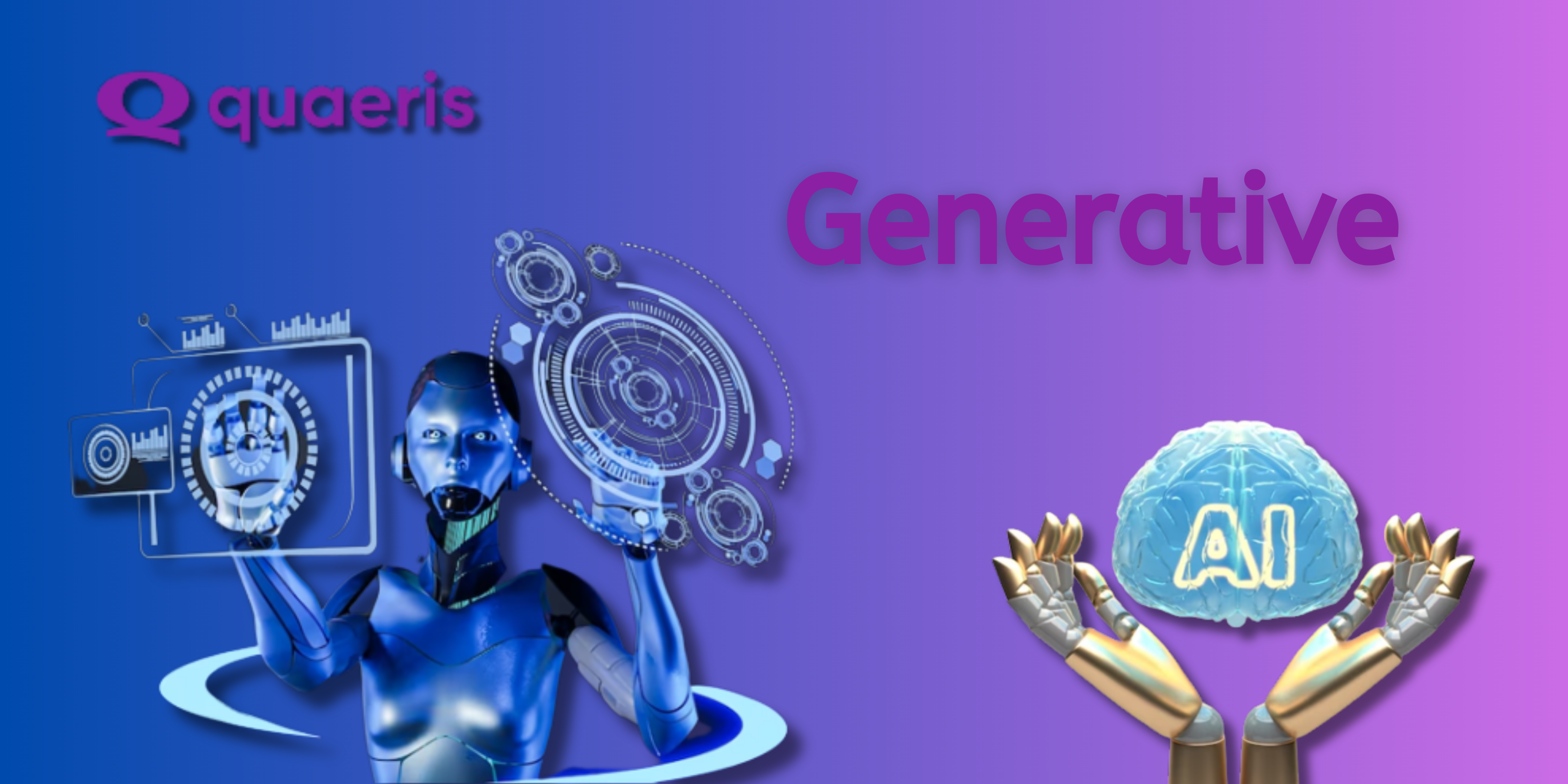Say Goodbye to Traditional BI: Unleash the Power of Next-Gen Search & Analytics
We are now living in a world where companies are being swept away with massive quantities of data. It is astounding how much information there is out there – from numbers on sales volumes or customer contacts down to how many times someone clicks on something in social media platforms or comes to visit your website through search engine optimization/ marketing strategies such as SEO & PPC ads. The great depth of this data offers us an opportunity laden with promises like; aiding better decision-making procedures; increasing productivity rates through cutting-edge decisions; and unlocking new growth opportunities.
But there lies one problem: The traditional approach towards Business Intelligence (BI) has been to use complex tools that only cater to techies at the expense of their usability by less computer-savvy people. Such systems often require specialized training, support from IT departments, and mastery of data handling systems, amongst other factors. Consequently, their presence acts as a barrier that hinders non-technical teams’ ability to access and analyze data effectively.
Here at QuaerisAI, we believe that data should not be something only experts have access to within an organization. Our goal is to enable all employees in a company, irrespective of their technical abilities, to search for information with ease and analyze it through visualization tools.
Problems associated with traditional business intelligence systems
Before going into depth on the benefits of next-gen search and analytics, let's examine some of the challenges faced by old-school BI tools:
Complexity: Deploying BI solutions requires setting up various components like data warehouses, ETL (Extract, Transform, and Loading) processes, and specialized reporting tools. This exercise may require too many resources and demand vast technical expertise for its establishment and maintenance.
Rigidity: In other words, most business intelligence software packages are specifically built to answer questions that are already set or to produce static reports only. If you need to handle data in a new way or ask ad hoc questions, then you may require engaging with IT guys or data analysts, which can take time and henceforth cause bottlenecks and delays.
Limited accessibility: Traditional BI tools are usually made for tech-savvy individuals like data analysts or professionals in IT-related fields. Thus, it becomes quite problematic for non-technical departments to gain access to necessary information; this leads to information silos and suboptimal decision-making processes.
Scalability: Such problems arise when volumes grow, and classic business intelligence systems slow down against the dynamic requirements of contemporary enterprises’ real-time-based insights and agile data browsing.
Introduction to Next-Gen Search and Analytics
QuaerisAI redefines the way data interacts within organizations. Our next-generation search and analytics platform is meant to empower users of all technical levels to intuitively query and source insights.
1. Natural Language Search
Natural language search is one of the key features of our platform. Rather than having to learn complex querying languages or rely on predefined reports, users can now type queries in simple English. This means that when you type in ‘What were the top-selling items last quarter in the Midwest?’ or ‘Is there a correlation between customer satisfaction and repeat purchases?’ the platform understands what it is that you need from your questions and then obtains autonomous results from your company’s sources based on these submissions.
2. Embedded Analytics
Our platform is designed to seamlessly integrate with your existing applications and workflows. Whether it’s your CRM system, marketing automation tool, or any other custom business app you might be using; our analytics capabilities can be incorporated directly for easy data exploration and analysis by the team members.
Embedded analytics helps keep users within an application where they are comfortable. This reduces context-switching between applications, making decision-making and transactions more data-driven at all times.
3. Augmented Intelligence
We know that not everyone knows how to handle data although we have tried to design our platform in such a way that it is user-friendly. This is why we have included augmented intelligence into QuaerisAI to assist users in exploring on their own.
As an individual performs queries or interacts with various data sets, our augmented intelligence components constantly suggest potential visualizations based on past interactions. It’s almost like having a virtual data analyst at your side who makes recommendations and provides insights into different patterns and trends in your data.
4. Democratized Data Access
Our fundamental principle at the center of design has been making data accessible to everyone within an organization. The solution, therefore, attempts to break down silos and democratize data access empowering teams across departments to utilize data for better decision-making.
It enables protecting sensitive information through role-based access controls while enabling broad relevant information access. This promotes sharing insights within a data-driven culture where everyone collaborates freely.
Wrapping Up: Unleashing the Power of Data-Driven Insights
Organizations that embrace next-gen search and analytics can leverage their potential to gain a competitive edge with limitless possibilities. Sales and marketing, product development, customer support, operations, HR, and talent management are some ways our platform can actually impact a business setting beyond imagination.


